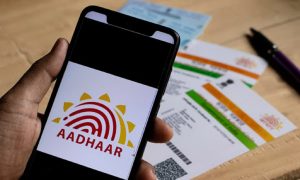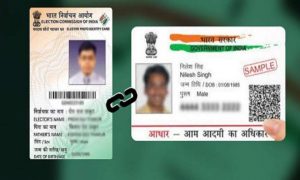After BNPL (Buy Now, Pay Later), it’s now TNPL (Travel Now, Pay Later). BNPL has gained popularity specially riding on the demand of e-commerce retail marketplaces, the BNPL industry is poised to grow at a 56 per cent CAGR in the coming year.
After remaining indoors for almost two years during full and partial lockdowns imposed to counter the COVID-19 pandemic, people are enthusiastic to travel. However, loss of income due to job loss, salary cut etc due to lockdowns and increased expenditures due to high rate of inflation may prove a dampener.
After the restoration of jobs and full pay with the normalcy in the pandemic situation, the financial prospect may have got better, but the dent in savings during the financial crisis may result in shortage of funds for planning a trip. So, people are looking for ways to fund their travel without missing the opportunities.
The nuances of a travel industry have created a demand for a TNPL, which is more specific to the needs of the travel industry versus a generic BNPL.
“The traveler’s expectations are continuing to shift from the traditional lending modes, towards alternative and easy digital payment solutions. Having said that, the one-size-fits-all approach of a BNPL cannot be replicated for a complex product like travel, with its own nuances,” says Abhilasha Negi, Co-Founder, SanKash, a TNPL specialist.
Here is how the needs of travel industry are different from retail marketplaces:
Travel is a complex and highly customised product
The purchasing cycle of travel has three primary steps –
- First, it starts with dreaming about an experience;
- Second, exploring options with various travel merchants to identify the dream package;
- Third, finally booking for the dream vacation.
This takes anywhere between 2-3 days to a week for a traveler to plan and finalise his choice of holiday, with highly time sensitive price fluctuations in the final product. In addition each holiday has to be customised as per the requirements of the traveler. The complexity of the product and high level of customisation makes the purchase more likely to be pushed through offline merchants than online. Hence, it requires a specialised TNPL payment solution, sensitive to the needs of the traveler.
This is unlike a retail, e-commerce product which is just available at a few clicks. TNPL considers the customisation nuances as a part of the underwriting criteria for each holiday package.
Read More: How to withdraw money from ATM using Google Pay, Paytm and other UPI based payment methods
Travel industry is peculiar and makes credit assessment difficult for lenders
Unlike any other industry, the travel industry does not have a fixed MRP. It has a complex distribution of services and there is no OEM in the segment. All these factors make it difficult for any lender to do a credit risk assessment of the travel product being purchased by a traveler. TNPLs on the other hand enable risk assessments based on travel data points to analyse the risk in each case.
“The risk assessment coupled with travel data points other than just financial data points, makes the credit check a lot more superior than in a regular BNPL based on only financial data. SanKash aggregates all B2B pricing in a manner that it is easy to assess any overpricing or underpricing, enabling better risk assessment,” says Akash Dahiya, Co-founder for SanKash.
Average ticket size in travel is big
Usually BNPLs finance smaller ticket size retail products ranging from Rs 1,000 to maximum Rs 50,000 for a shorter duration of time (upto 90 days). Whereas, an average holiday even for a domestic destination for a family of two goes beyond Rs 70,000. Hence, the KYC and assessment requirements for travel become different which a specialised TNPL can cater to and can offer repayment up to 36 months of term allowing them to spread the cost of large tickets, especially the international travel which goes beyond Rs 1.25 lakh on an average.
Read More: How to download e-Pan card PDF in just few minutes– Check step by step guide
Traveler’s financial purchasing behaviour differs from that of other industries
In view of the pandemic, a lot of customers want to travel, but pay for it spread out over a period of time instead of paying a huge lump sum before the travel. Given that the ticket size is big, and the booking costs are time sensitive, travelers prefer to book the price at a cheaper rate. This can be enabled by specialised TNPL which can assess price mark-ups over the average cost easily rather than a generic BNPL.
“Just like a super-specialist can cater to the exact needs of a patient as against a general physician, TNPL can provide more accurate credit risk assessment and hence more economical rates of interest as compared to a retail oriented generic BNPL,” said Dahiya.





































